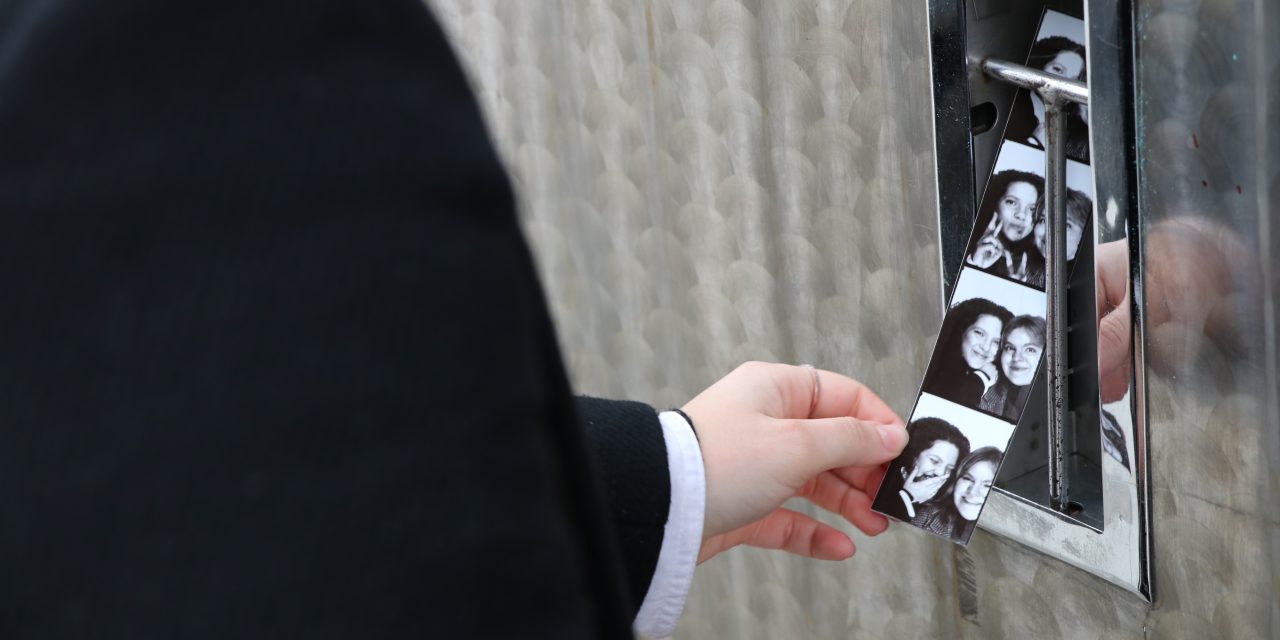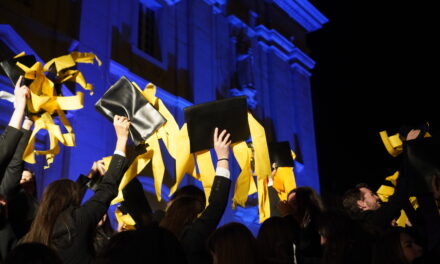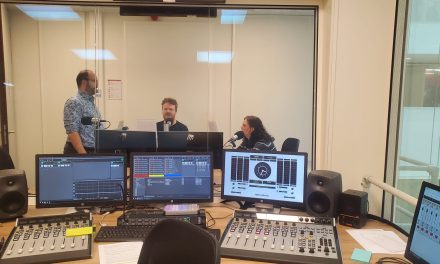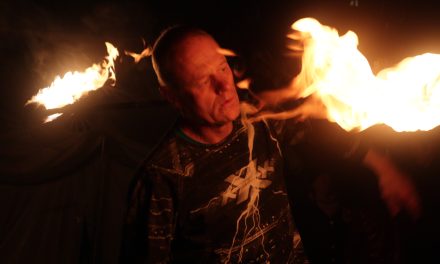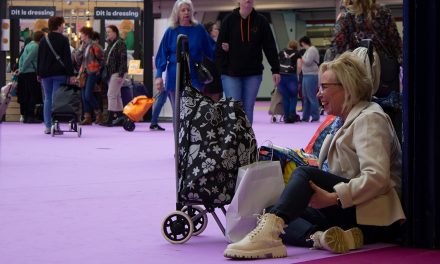Berlin – The more technology progresses, the more we develop the urge to do things the old-fashioned way. Go into any Berlin apartment, and you will find a black and white vintage looking photo strip from one of Berlins many Photo-booths. Or as they are known in Germany – Fotoautomat
Berlin’s iconic analogue photo booths, known as Photoautomaten, can be found in various corners of the city. These booths, characterized by their bold red letters spelling out “Photoautomat,” have become landmarks and beloved anachronisms in Berlin. The number of booths is always changing as they come and go or move to different locations. Some booths have been in operation for years, while others are newly established each year as the city evolves.
The story of Photoautomaten in Berlin began in the early summer of 2004 when two friends, Asger Doenst and Ole Kretschmann, who shared a passion for photography, decided to place a booth on an empty corner near Rosenthaler Platz. “It turned out that people actually liked the idea of something worthwhile.” Ole says. People enjoyed the accessibility and public nature of the booths.
The booth quickly transformed the quiet corner near Rosenthaler Platz into a popular hangout spot, and it even attracted attention from Berlin-based culture magazine 030 and the TV show Polylux. Encouraged by the positive response, Asger and Ole acquired and renovated a second Photoautomat, taking it to various locations across the city. They realized the project had greater potential than they initially anticipated. “We were surprised at how vandalism-happy Berliners embraced the photo booth rather than destroy it,” Ole says. Determined to grow the concept, they embarked on a mission to find analogue photo booths throughout Europe.
They went to Zürich to meet Martin Balke, who owned Schnellphoto AG. This company used to run about 150 photo booths in Switzerland until 2005. Unfortunately, Martin’s business was closing down because he and his brother Christoph were getting ready to retire and had nobody to continue the business. Martin suggested to them, “You can start something on your own. Berlin is just the perfect place for the booths because people use them creatively.”
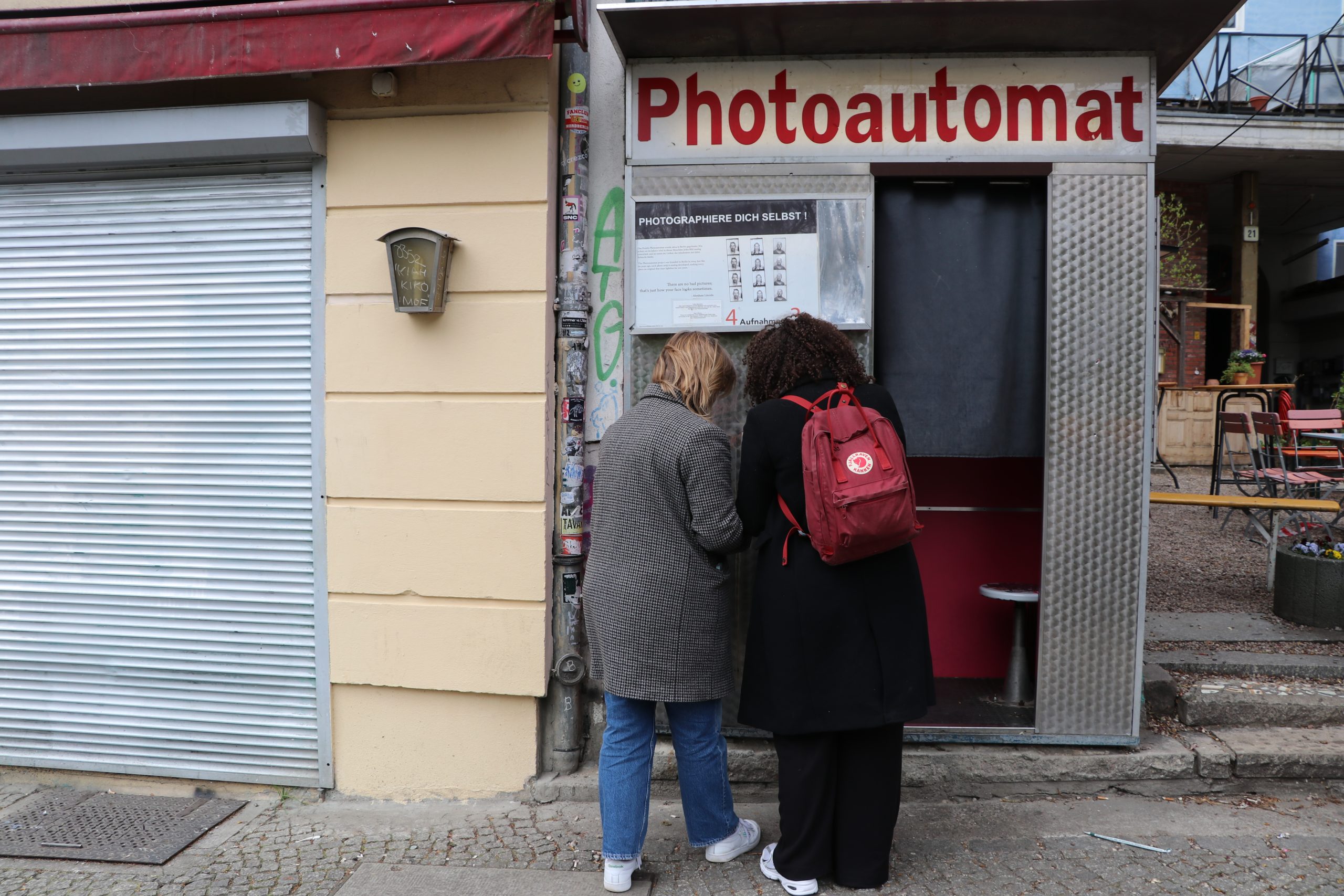
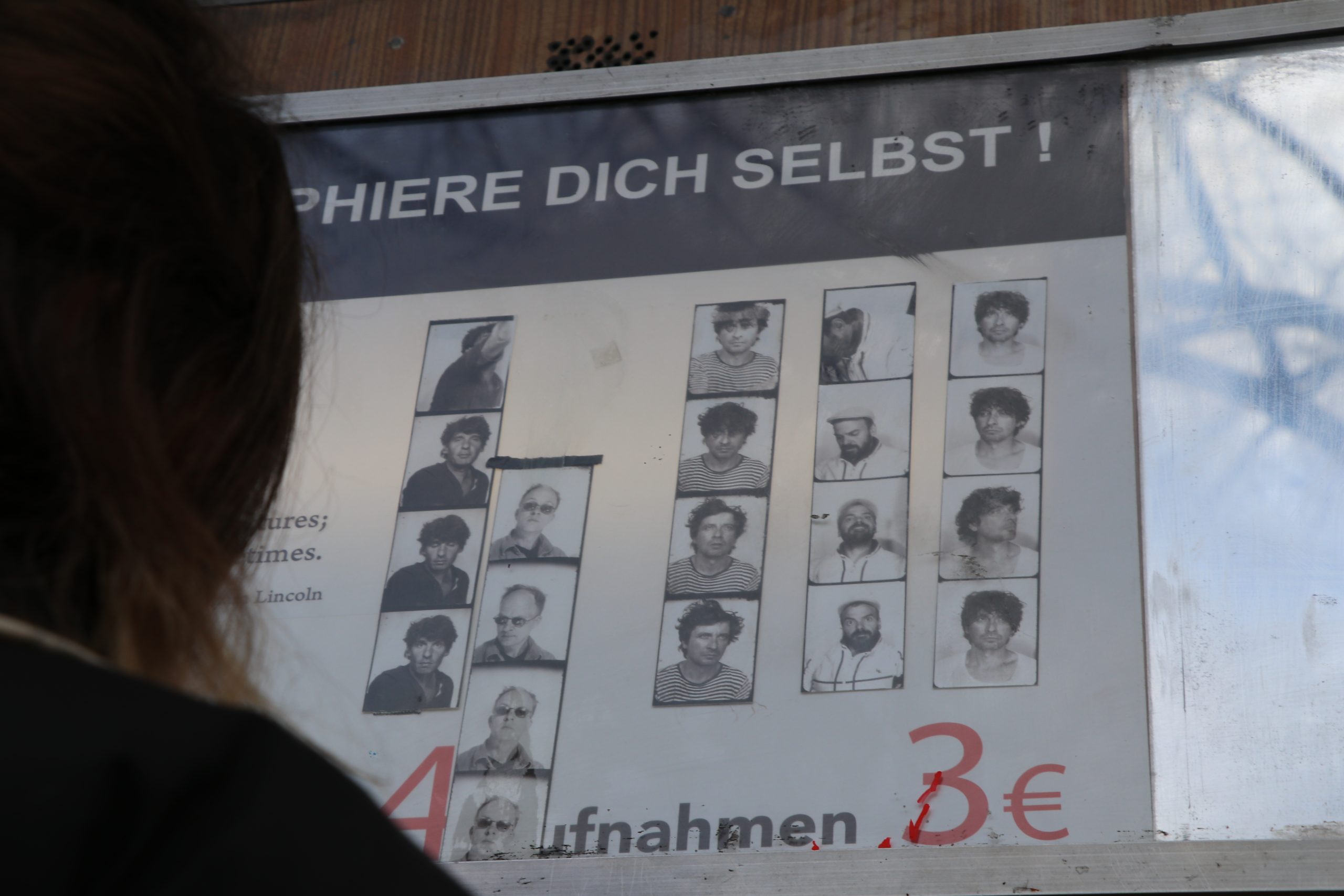
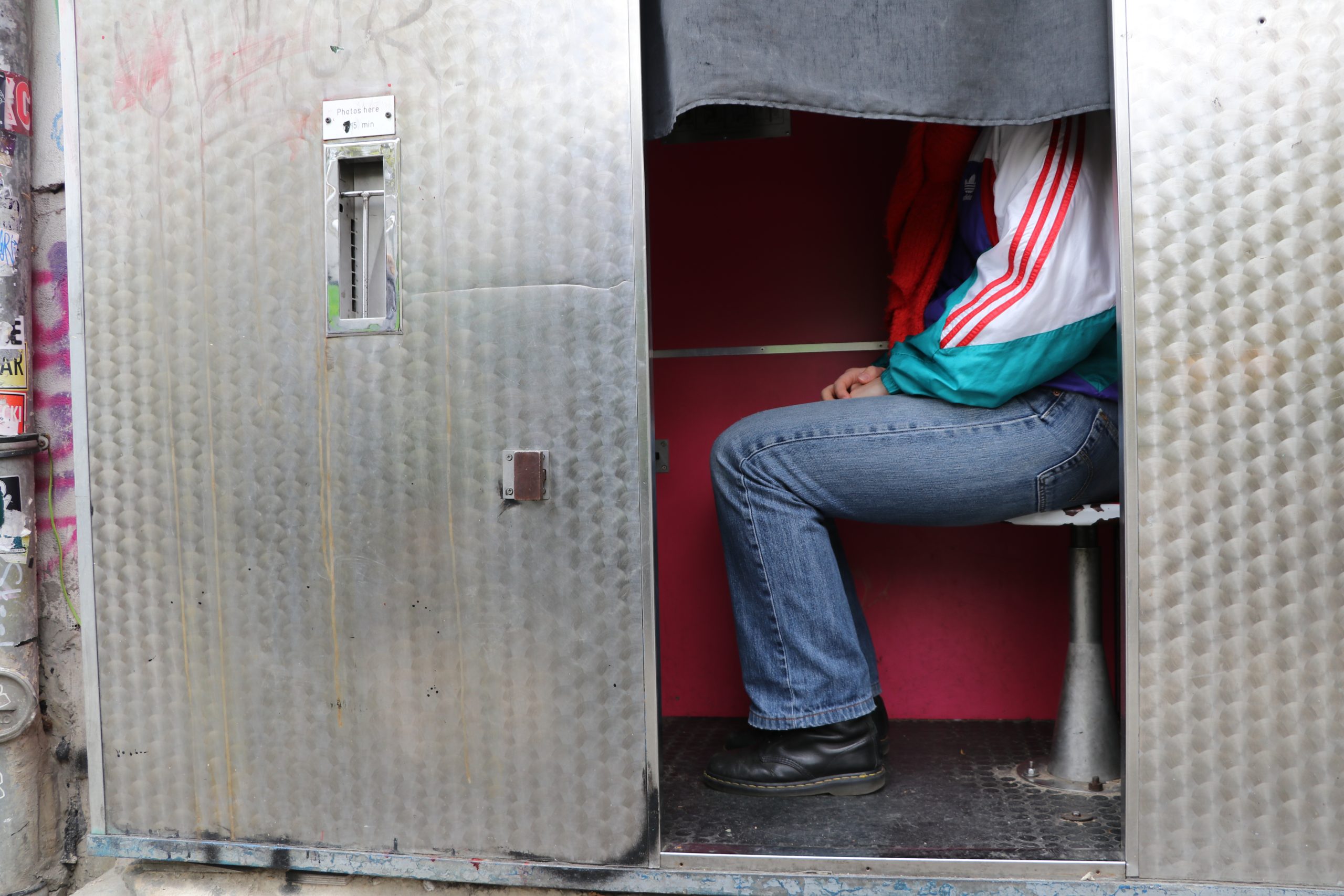
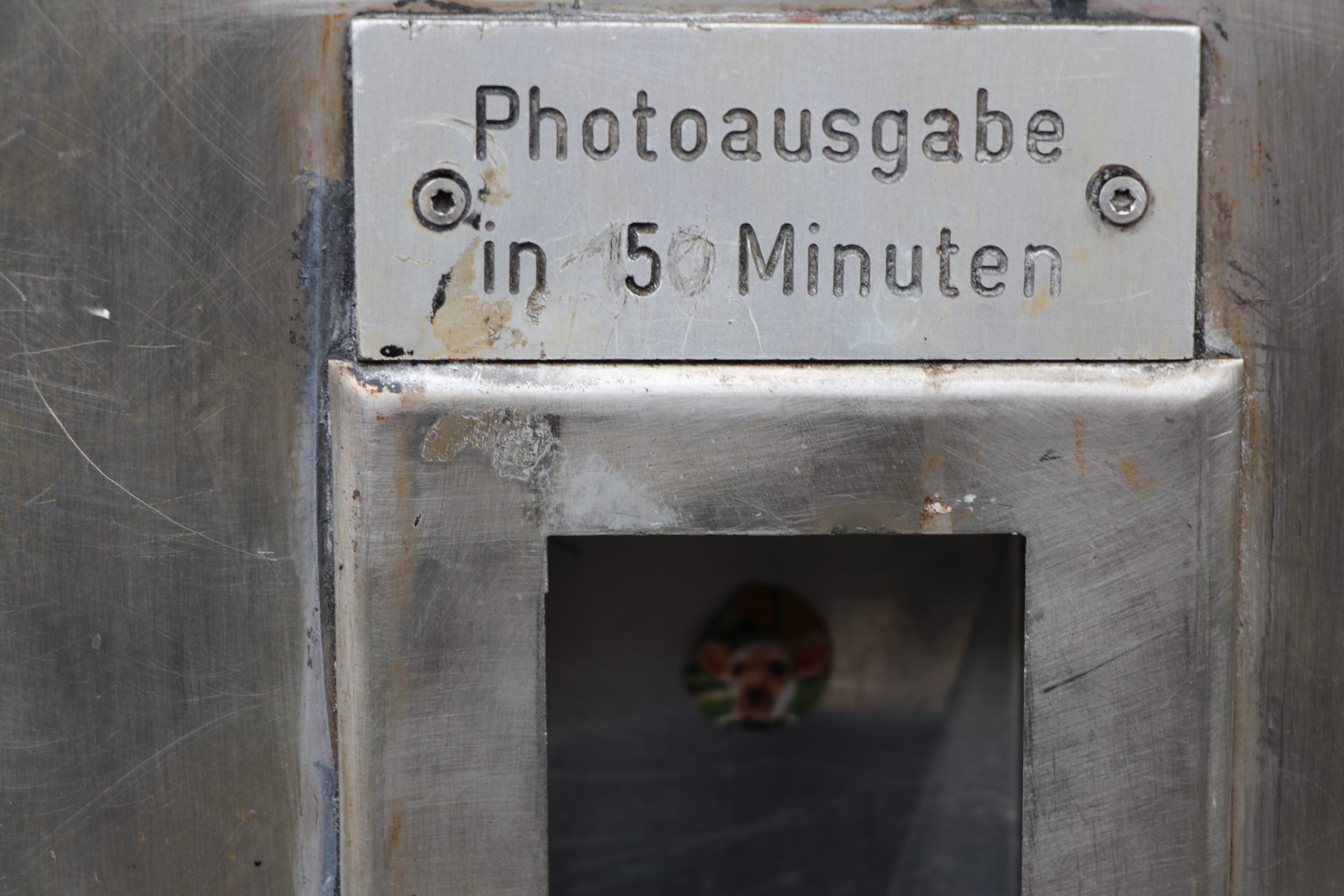
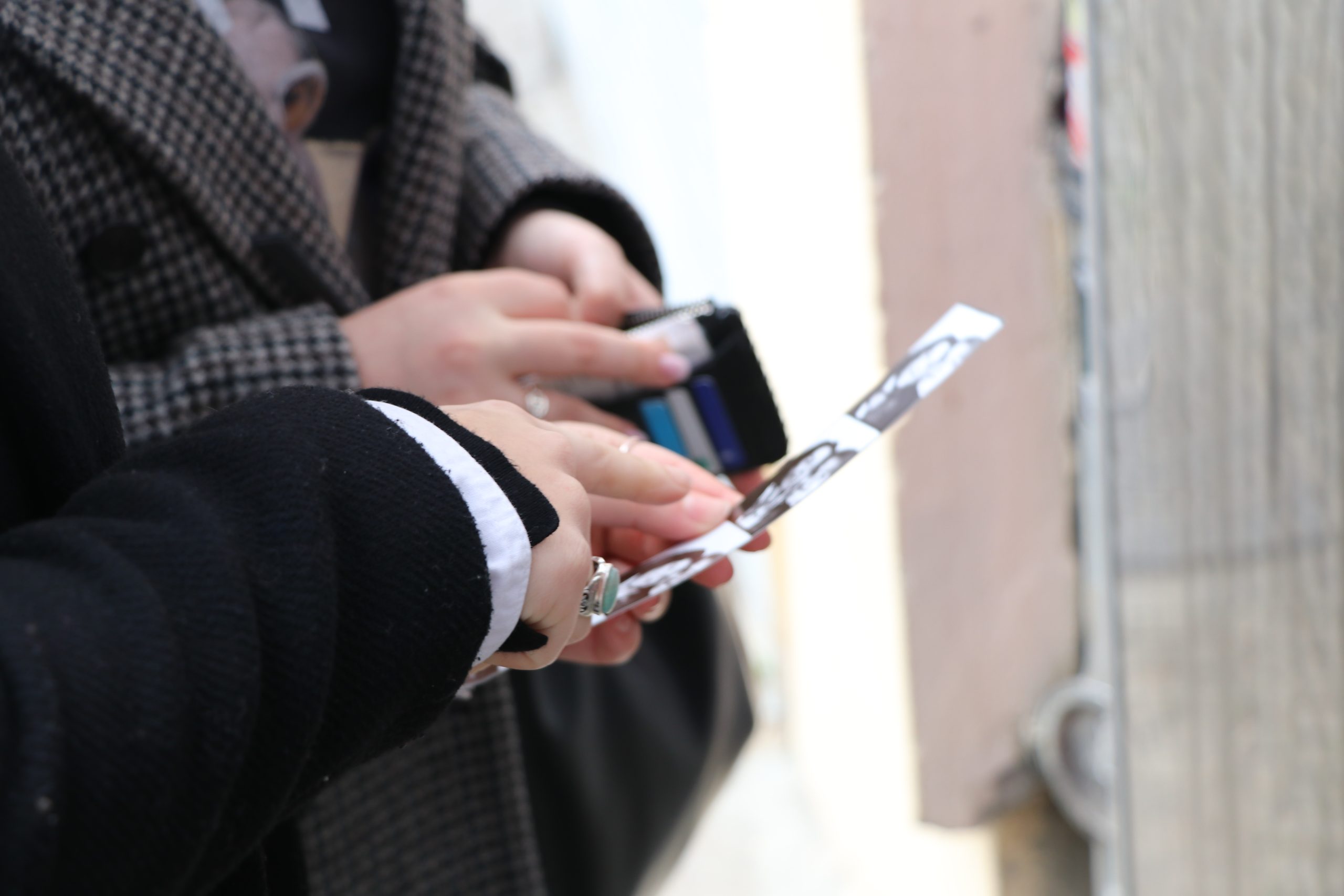
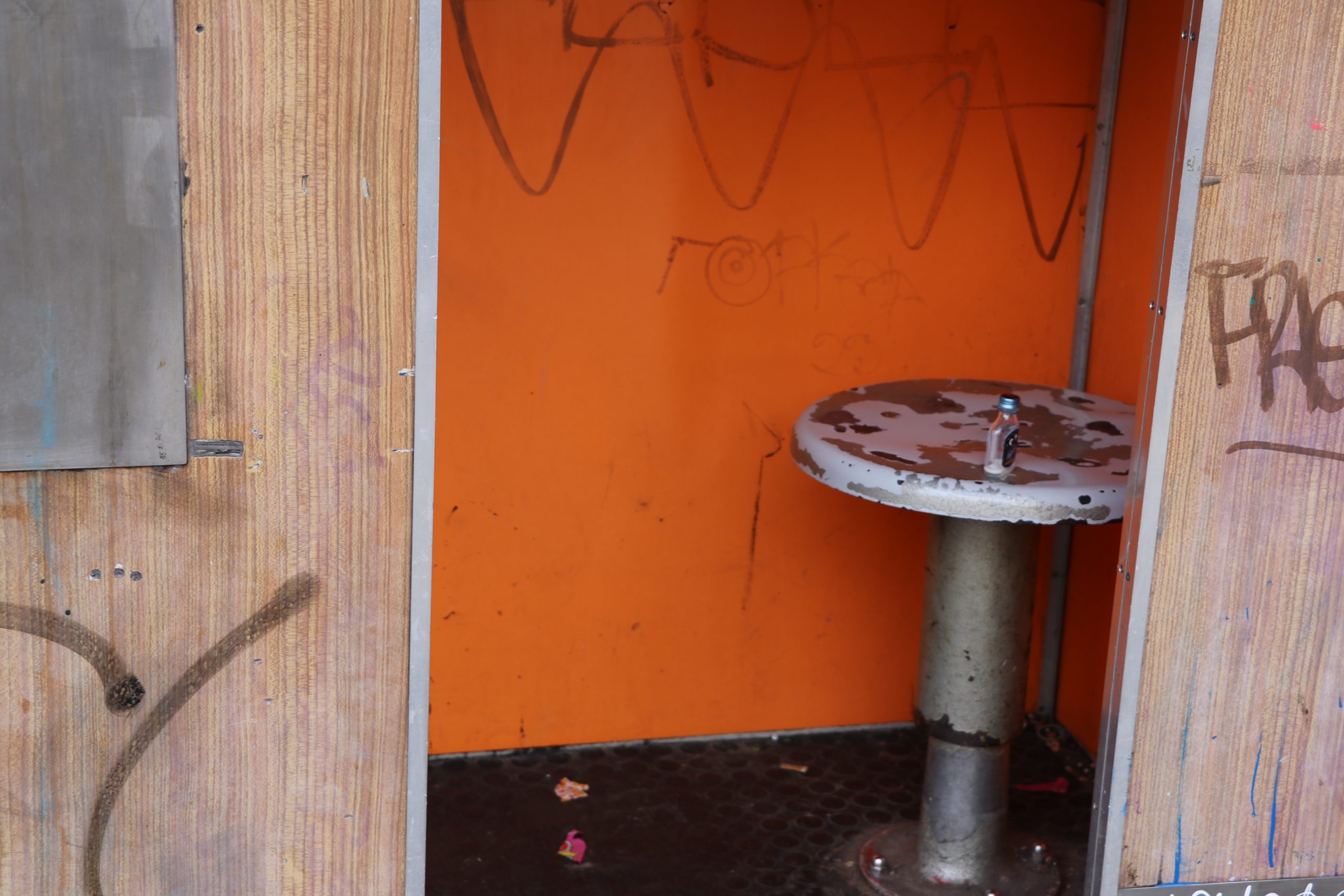
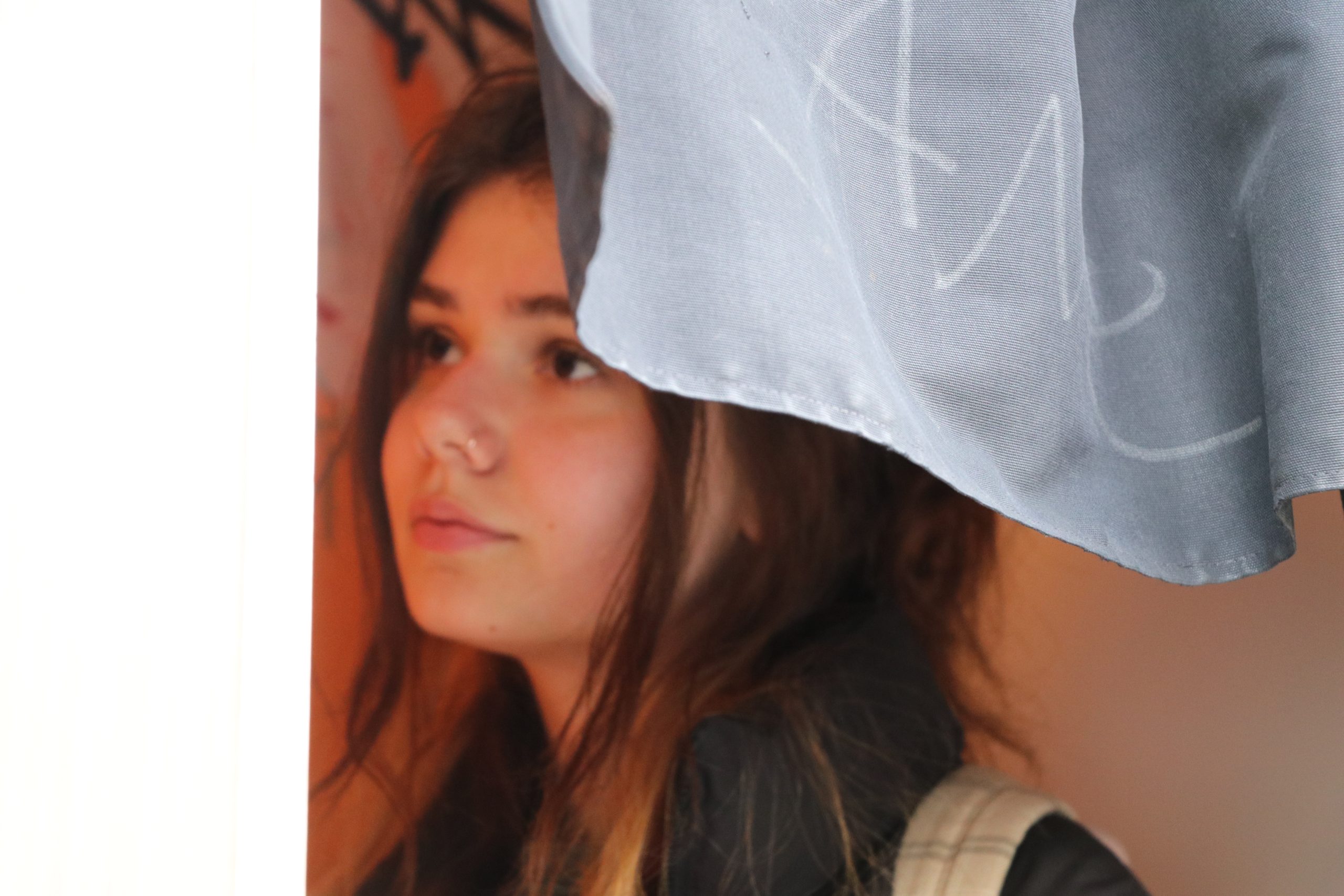
As soon as you step inside, the curtain is drawn, creating an intimate space for you and your companions in the realm of the Photoautomat. Within its confines, a unique ambiance is cultivated, encouraging you to unleash your inner superstar and share your personal narrative. Seated upon the vintage swivel chair—the only adjustable element of this experience—you insert a 2 Euro coin and anticipate a sudden, dazzling flash that may catch you by surprise; this is your moment to radiate. After four clicks, it’s over, leaving you hopeful that the outcome aligns with your vision. As you hear the gentle hum of the dryer, you know the finish line is near, and as the machine dispenses your photo strip, laughter ensues, followed by playful banter among friends as you determine who gets to keep this cherished memento.
The Berlin Photoautomaten operate 24/7 throughout the year, with a team of part-time staff available to assist customers. Although most calls involve reminding customers to wait patiently for the photos to process, if photos fail to appear (which is rare), customers receive a refund. Asger and Ole are dedicated to maintaining the vintage aesthetic and charm of the photos, which has become a defining characteristic of Photoautomat. Each booth is unique and requires expertise to ensure consistent quality despite their varying ages and origins. According to Ole the success of Photoautomat relies on the nostalgia and beauty of analog photos.
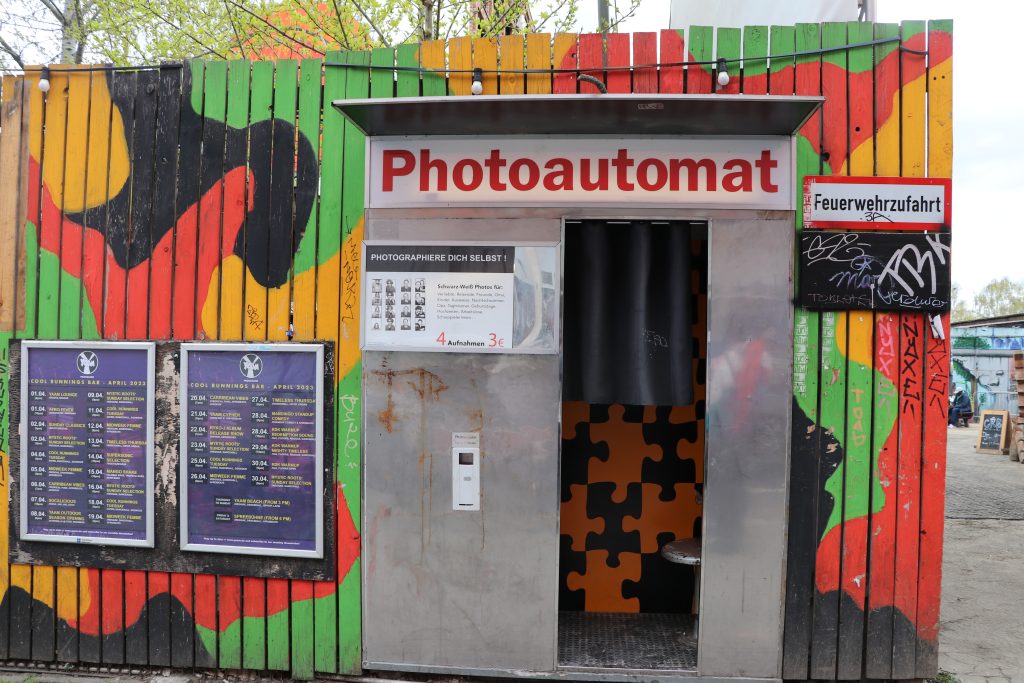
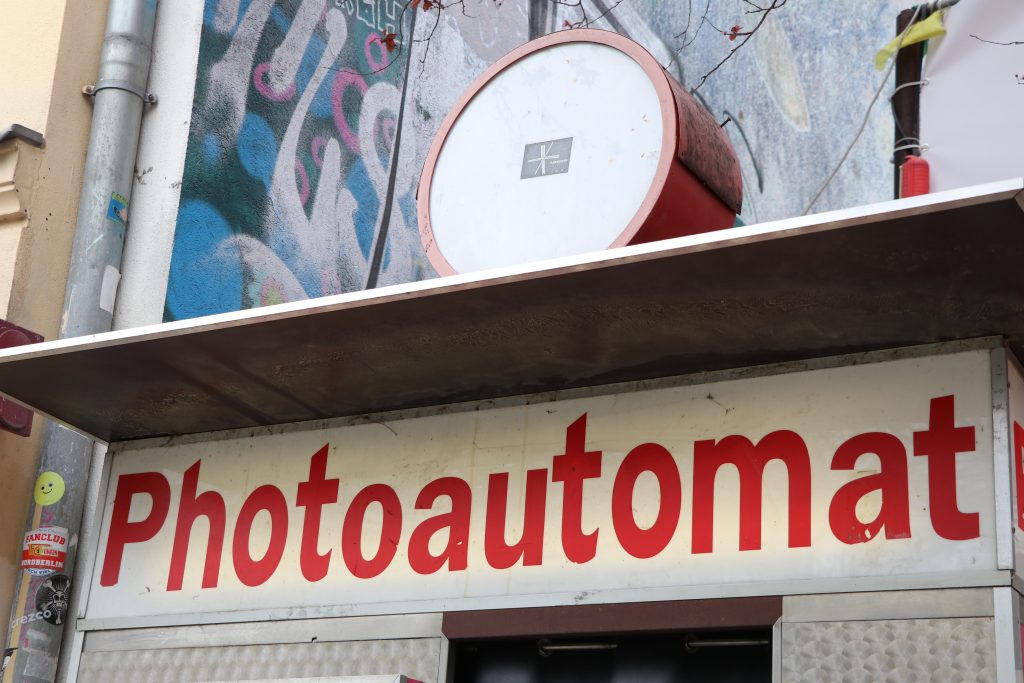
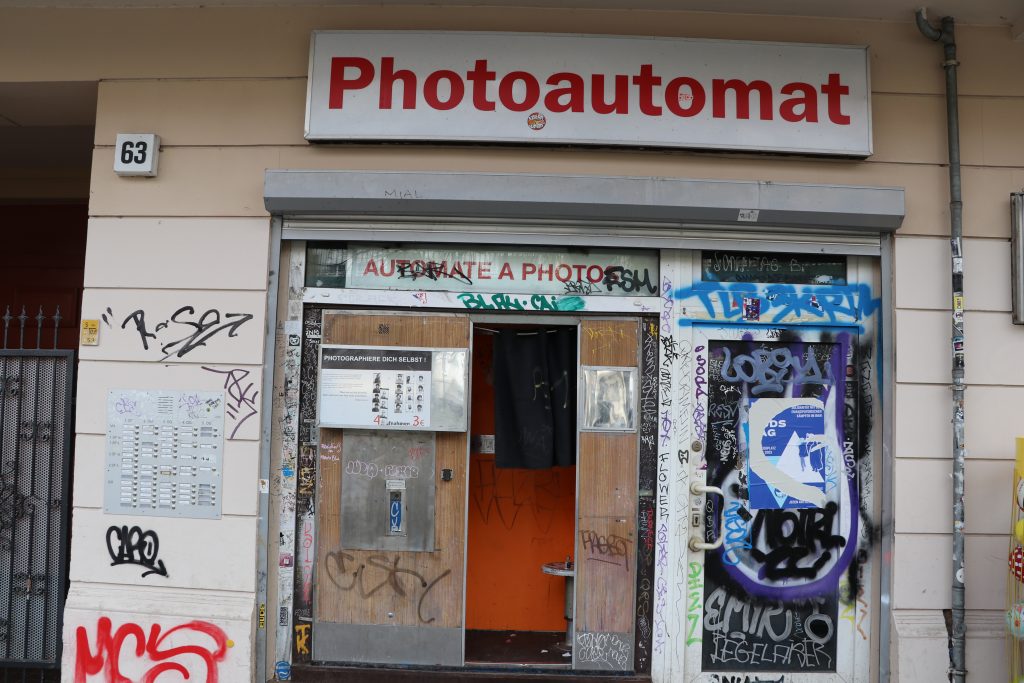
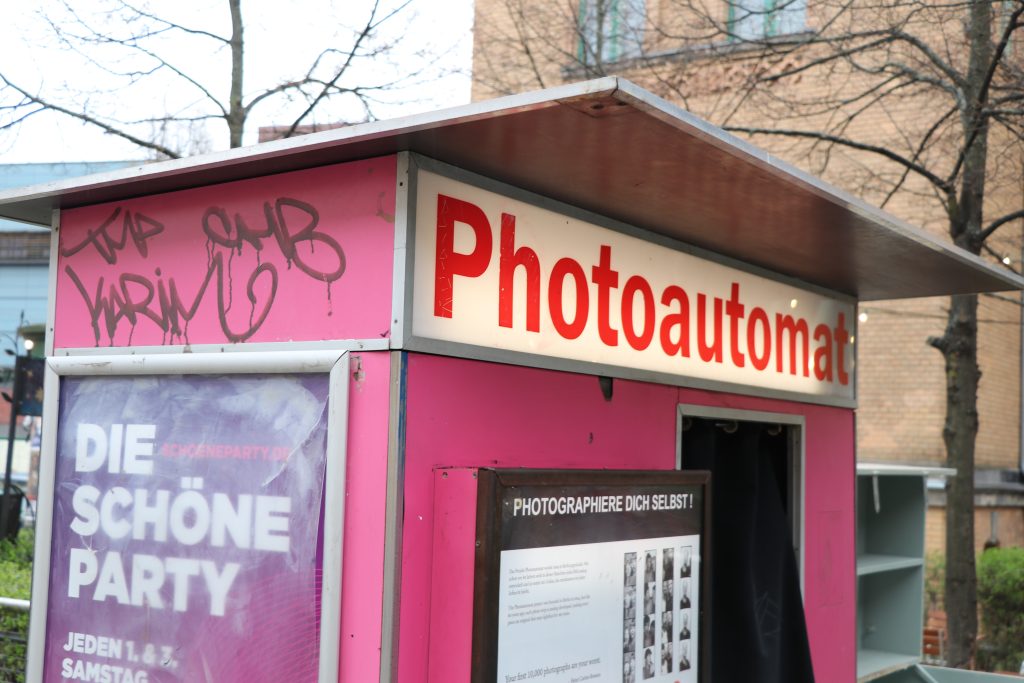
People are nowadays more drawn towards ‘doing it the old fashioned way’. Especially when it comes to analog photography. Jörg Preuschoff is a Berlin based analog photographer. His encounter with analog photography dates back to when he was just six or seven years old. Not only does he still shoot pictures with black and white kodak rolls, he also stops by every once in a while to take a picture in one of the booths on his way home. According to Jörg the biggest charm is that physical prints can be held, displayed, and shared. “The tactile nature of prints adds a sense of tangibility and craftsmanship that is often cherished in a digital age where images are primarily viewed on screens,” he says. The success of Photoautomat relies on the expectation of quality and the guarantee of a cherished memento. “Analog photographs have a distinct and often sought-after aesthetic. The grain, color rendition, and imperfections inherent in film photography can create a timeless and artistic quality that digital photography may struggle to replicate.”
Although the boots are small and can fit only one chair in them people try their best to squeeze a whole friend group of family in them. Jörg adds that people are drawn to the interactive and communal nature of taking photos together in a booth. “It encourages playfulness, creativity, and spontaneity, allowing individuals to capture candid and memorable moments with their loved ones”, says Jörg. Engaging in something together creates a feeling of being connected and brings happiness.
While tourists find them irresistible, the majority of customers are locals who return to the booths repeatedly. Ole: “The project thrives because of its returning customers, who appreciate the cleanliness of the booths and the high-quality photos.” Photoautomat has become an integral part of Berlin’s landscape, cherished by the locals and embraced as a public good. The booths have surpassed their initial status as temporary novelties, becoming beloved fixtures that truly belong in the city.
